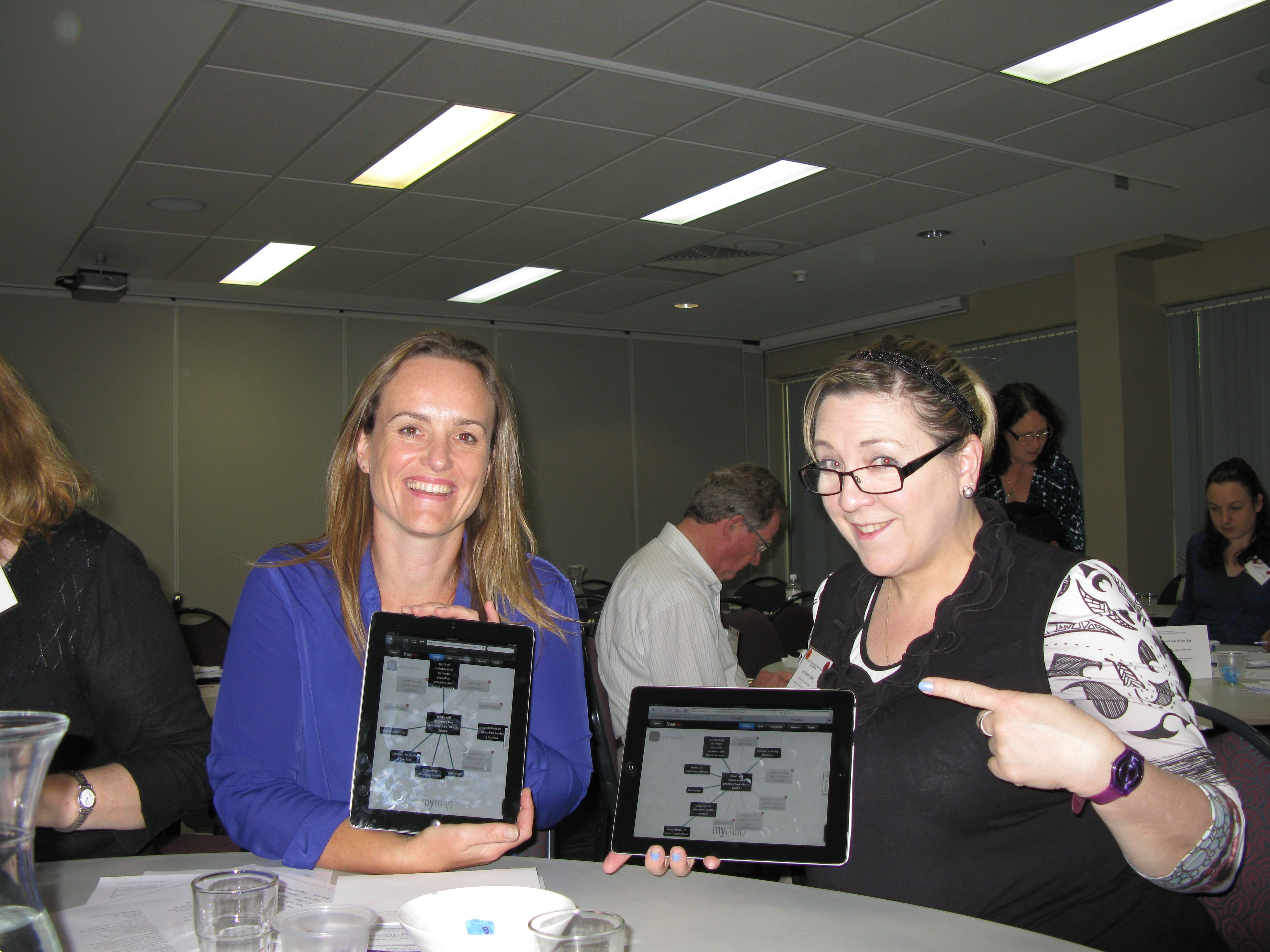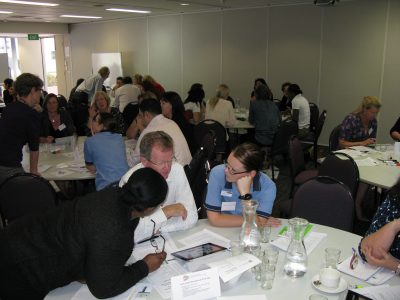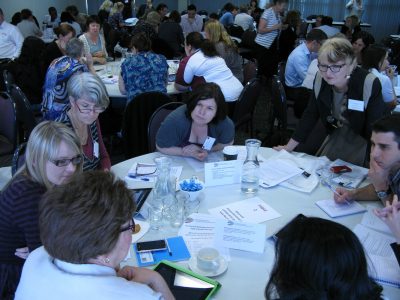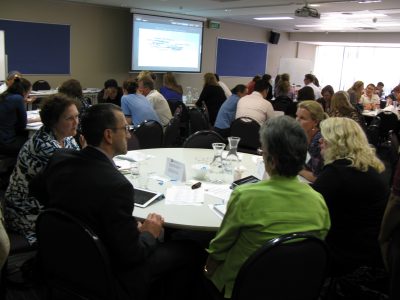With meetings and workshops now commonplace, facilitation is considered a highly desirable workplace skill; of course, it’s no surprise given the incredible difference a good facilitator can bring to such sessions.
Additionally, when one considers current employment trends, facilitation skills appear to be of even greater value; “empathy, judgement and leadership” being both in-demand skills, and core to the fabric of a good facilitator.
So whether you’re looking for a way to deliver greater value at work, or you’re keen to enhance your resume, honing your facilitation expertise is a great place to start.
At GroupMap, helping people think better together is what we’re all about. Here’s what we think makes a great facilitator along with some practical steps to help you get there.
What is a Facilitator?
A facilitator is a person who enables a group of people to work together more effectively so that they may deliver high-quality outcomes.
Those outcomes could be a range of things, including –
- capturing and exploring ideas
- making decisions
- crafting a shared understanding
- finding a solution to a problem
- designing a product
- achieving a consensus
What Makes a Great Facilitator?
A great facilitator sets the stage so that the group can perform together at their very best. The facilitator does this by supporting the two key elements of a collaborative session –
1. The Collaborative Process
When building a process a facilitator considers –
- the outcome required of the session and the date by which it is needed
- who needs to be involved
- what needs to happen at the beginning, middle and end of the session to deliver that outcome
- how time should be allocated
- if the session is to be in-person, online or both
- when the session is to be held in order to deliver the outcomes when they are needed
2. The Collaborative Environment
A collaborative environment is one conducive to participation, cooperation and focus, and as a result, high-quality outcomes are delivered faster. They are psychologically safe spaces in which participants feel acknowledged, accepted and respected.
In shaping a collaborative environment, a facilitator will demonstrate –
- Respect: by recognising and acknowledging the intrinsic value of each participant in the session
- Empathy: by putting aside their own context in order to be open to embrace a genuine understanding of that of the participant
- Neutrality: by putting aside any bias, prejudice or agenda, so that only the inputs of the group shape the outcomes of the session
The facilitator will foster open channels of communication, ensuring –
- input is honest
- participation is balanced
- conflict is respectfully addressed
A great facilitator remembers that, despite the fact all eyes may be upon them, they are not the star of the show; the stars are the participants, and it’s their time to shine.
What You Can do to Become a Better Facilitator
1. Get Organised
Whether you’re delivering an hour-long meeting, a half-day workshop, or week-long training, you need some sort of overview or agenda that outlines –
- the purpose of the session
- who is participating
- when and where the session will happen
- the steps that constitute the session
- a timeframe
If you find yourself pulled in to deliver a session that isn’t supported with an outline, take the time to construct one with the group there and then. A quick brainstorm will ensure the purpose of the session is clear and the group is focussed; the smooth delivery of the session will make up for the time you spend with this initial gathering of thoughts.
- send out calendar invitations along with the session overview well in advance.
- lock in the resources you need to deliver the session
- book a physical space, and/or prepare a virtual space
- gather your equipment (pens and flip charts or online collaborative tools)
2. Open Those Channels of Communication
- Kick off with an icebreaker to warm the group up; icebreakers are known to increase group engagement and focus.
- Take the time to work with the group to establish the ‘house rules’ for the session. When members of a group know what they can expect of others and what is expected of them, the likelihood of participation increases while an environment of psychological safety is supported.
- Don’t do all the talking; you are the conductor not the orchestra.
- Deliver information in easily digestible steps; too much information will be overwhelming.
- Allow for silence and thinking time. It allows individuals to consider their responses before sharing them.
- Listen and paraphrase what is said to ensure you have understood things correctly.
- Look to the body language of participants for additional cues.
- Draw out and make space for reticent or quieter participants to contribute, and stack conversations to support balanced participation.
3. Keep an Eye on the Time
- Allocate a time to each of the session steps, and stick to it!
- Ensure participants are aware of the timeframes within which they are working.
- Call out and wrap up circular conversations.
- Park discussion if consensus can’t be reached and circle back if time allows.
4. Maintain the Focus
- Use the number of inputs generated by the group as an indicator of their engagement; positively reinforce effort, it will inspire more participation and reinforce focus.
- Check in regularly to assess energy levels; when energy wanes so does focus.
- Listen out for chatter; it is a helpful barometer that can point to –
- The completion of a task – so move the session on to the next step
- Disengaged and distracted groups – so remind participants of the session’s purpose
- If a participant seems off-topic, explore if their opinions support the purpose of the meeting.
5. Embrace a Facilitator’s Mindset
- Be curious. Use questions and phrases such as –
- What did you mean when you said…
- Tell me more about…
- What would that look like?
- Adopt the mantra “it’s not about me”. Despite our very best of efforts, possibly only the most self-actualized of people are able to consistently exude respect, empathy and neutrality; this is a work-around until you get there.
Start Facilitating Today
GroupMap is an online collaboration tool designed by facilitators for facilitators. It helps you construct and deliver a polished collaboration process, and includes features that support the curation of a collaborative environment too.
GroupMap can be used to support face-to-face, virtual and hybrid sessions. It captures data as you go; there’s no tedious note transposing at the end of your workshop because GroupMap does it all for you!
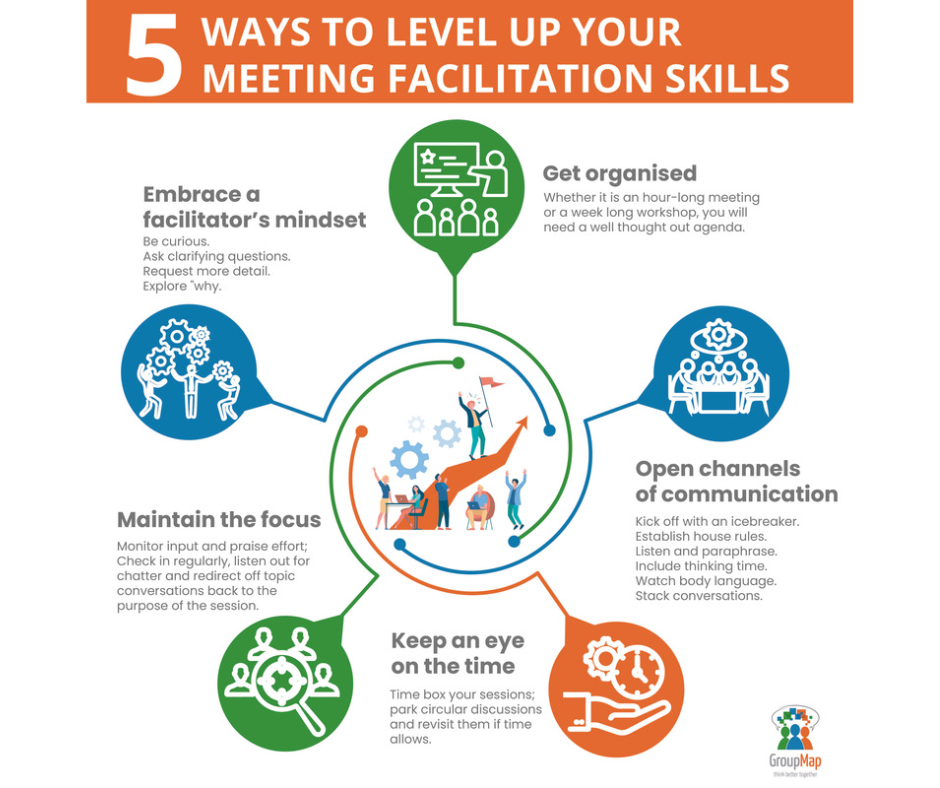

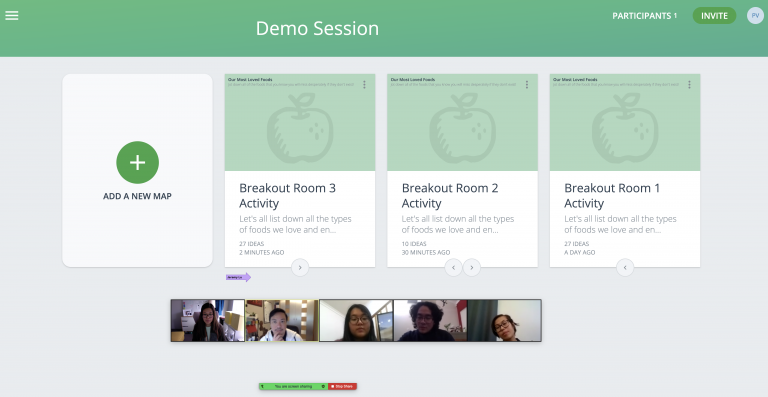
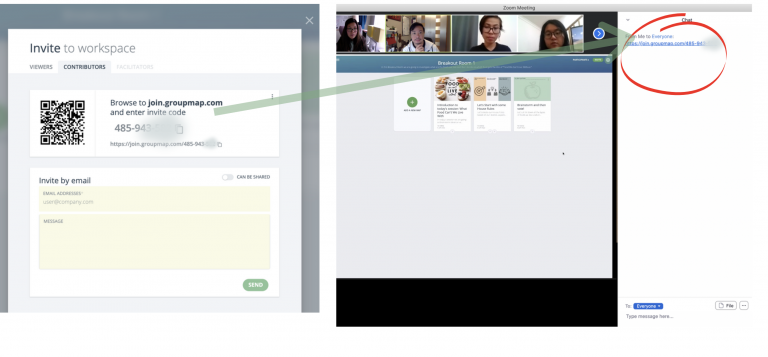
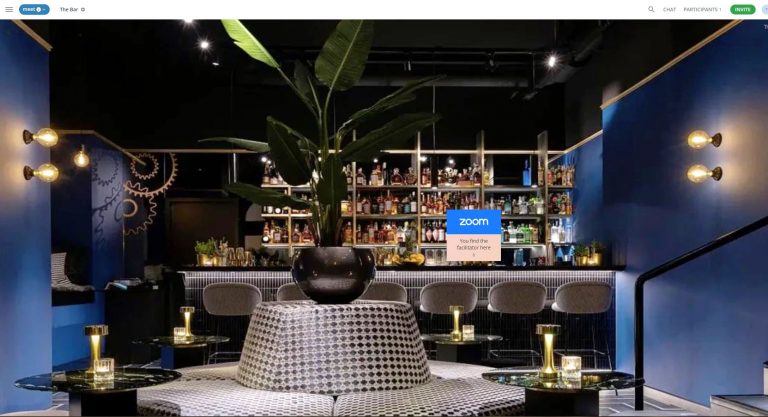
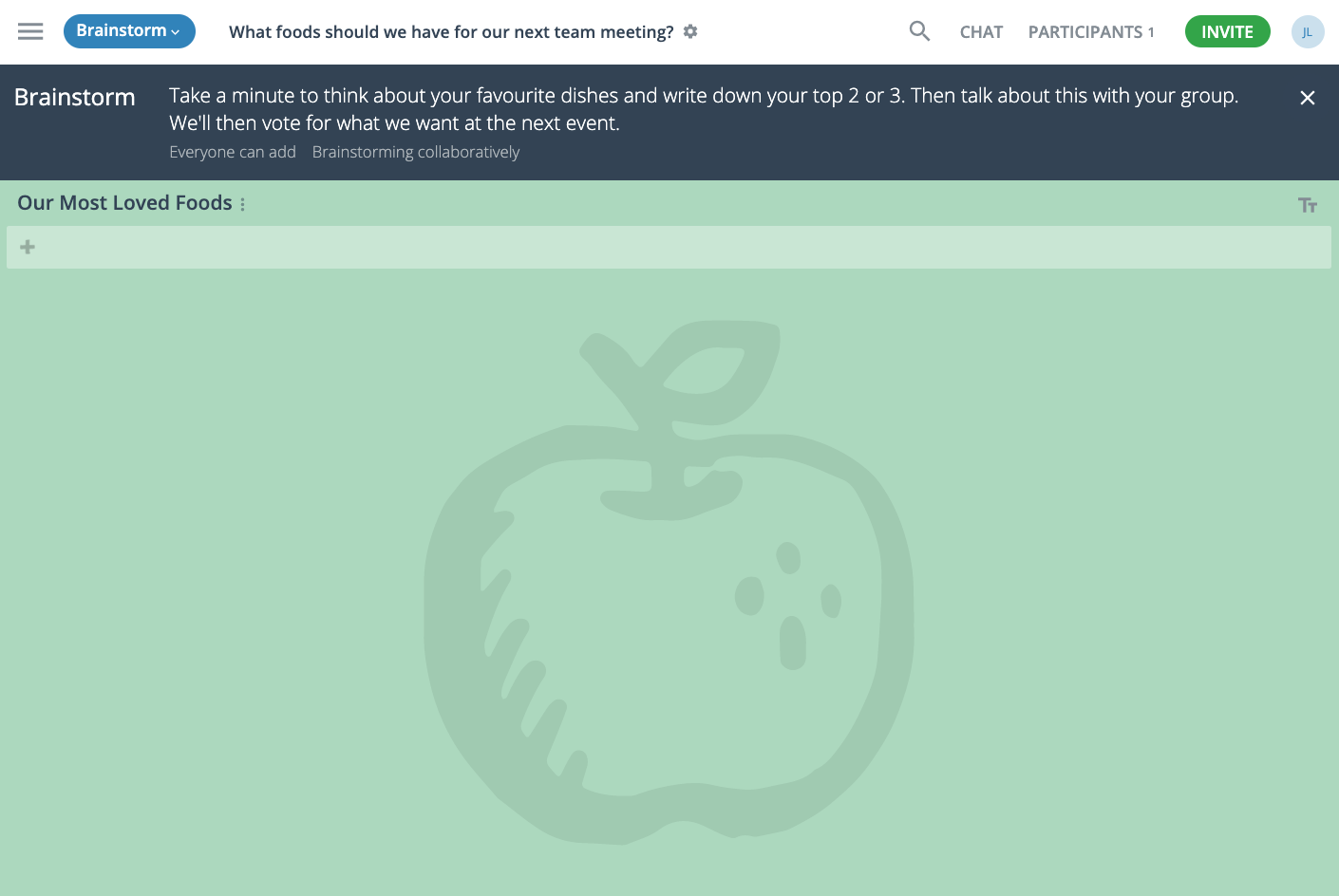

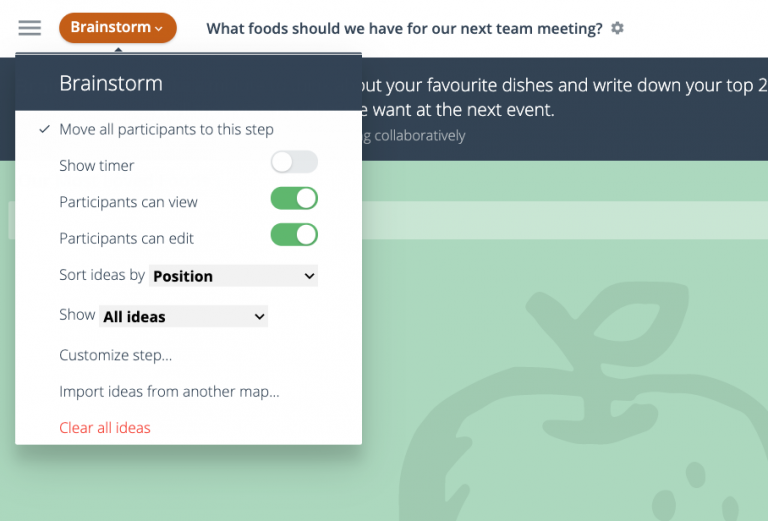
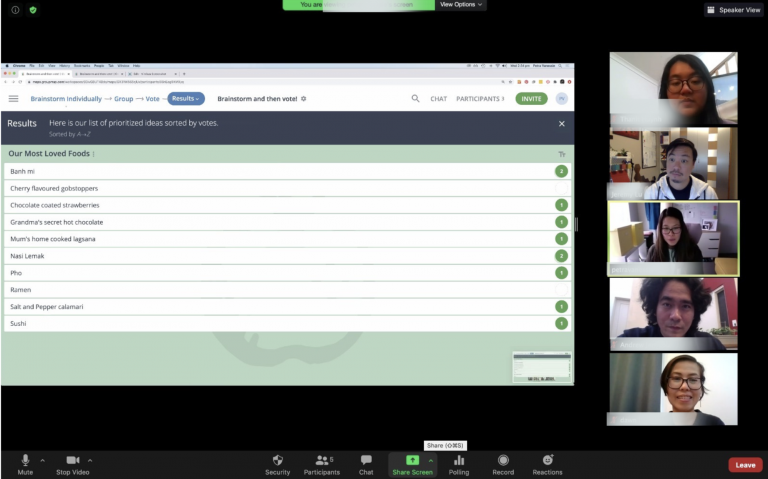
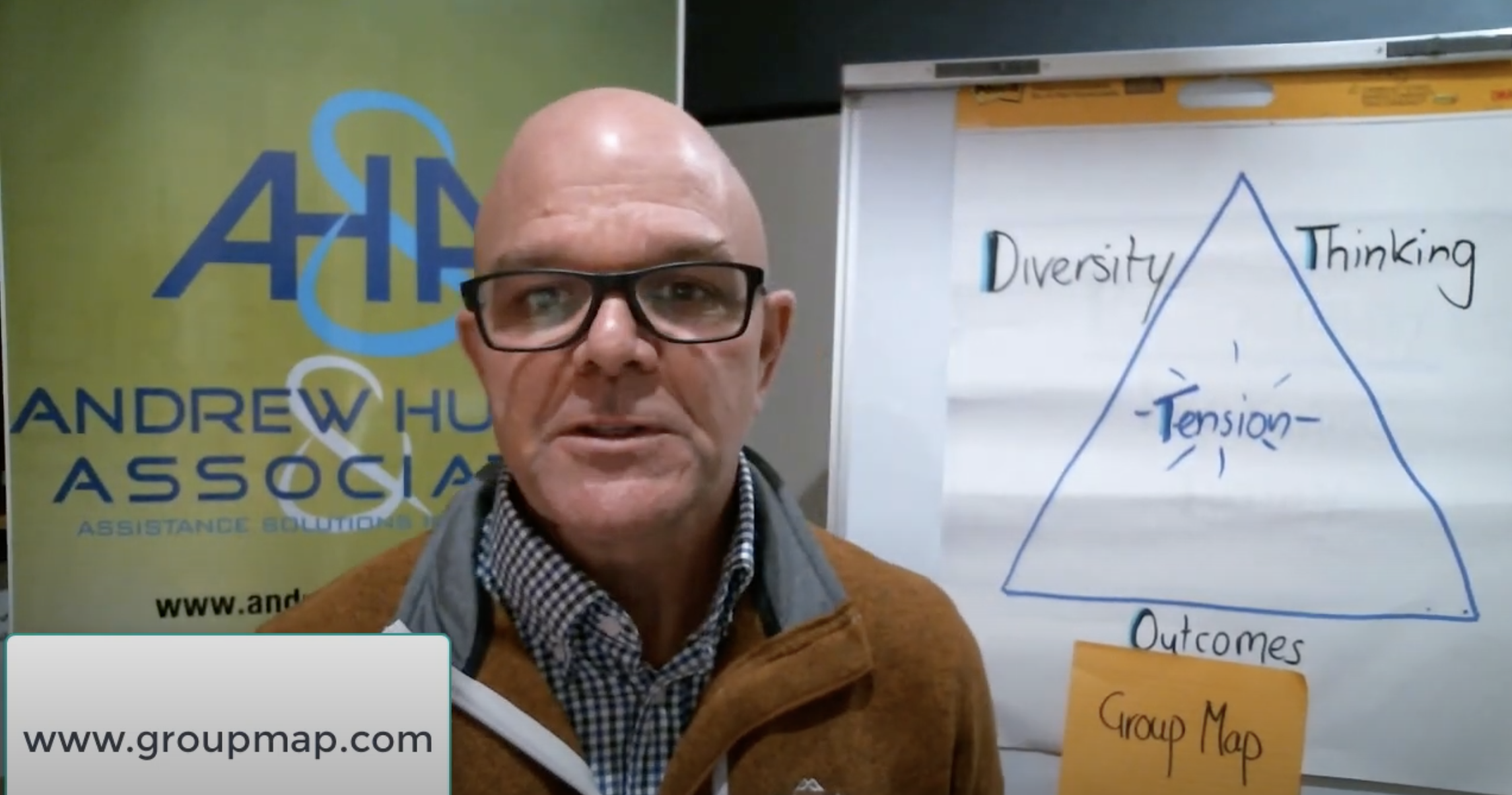
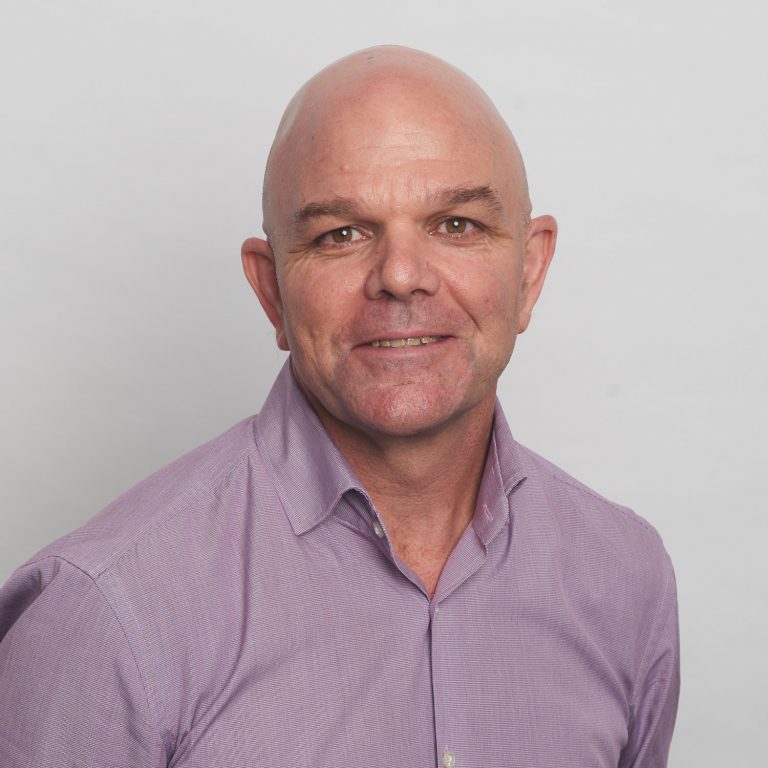
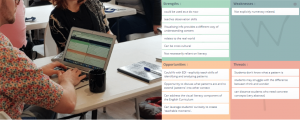
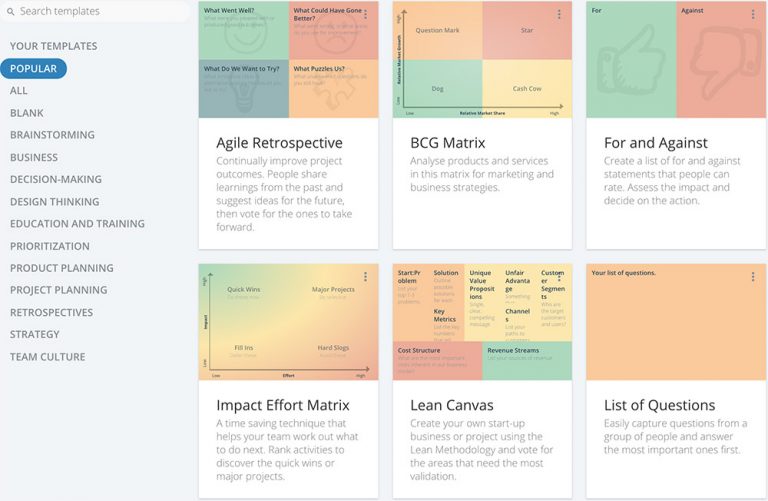
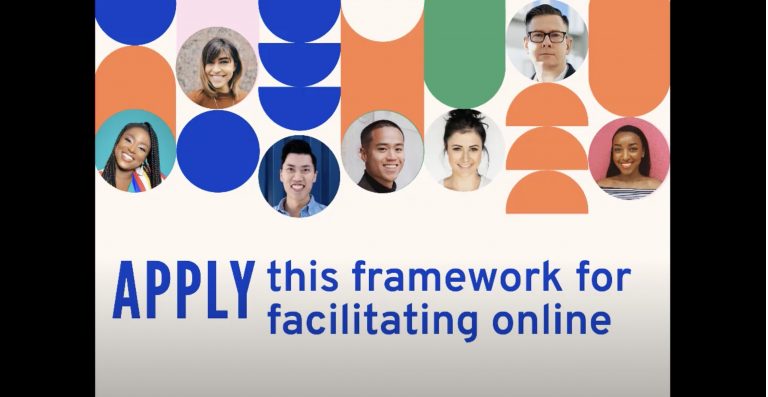
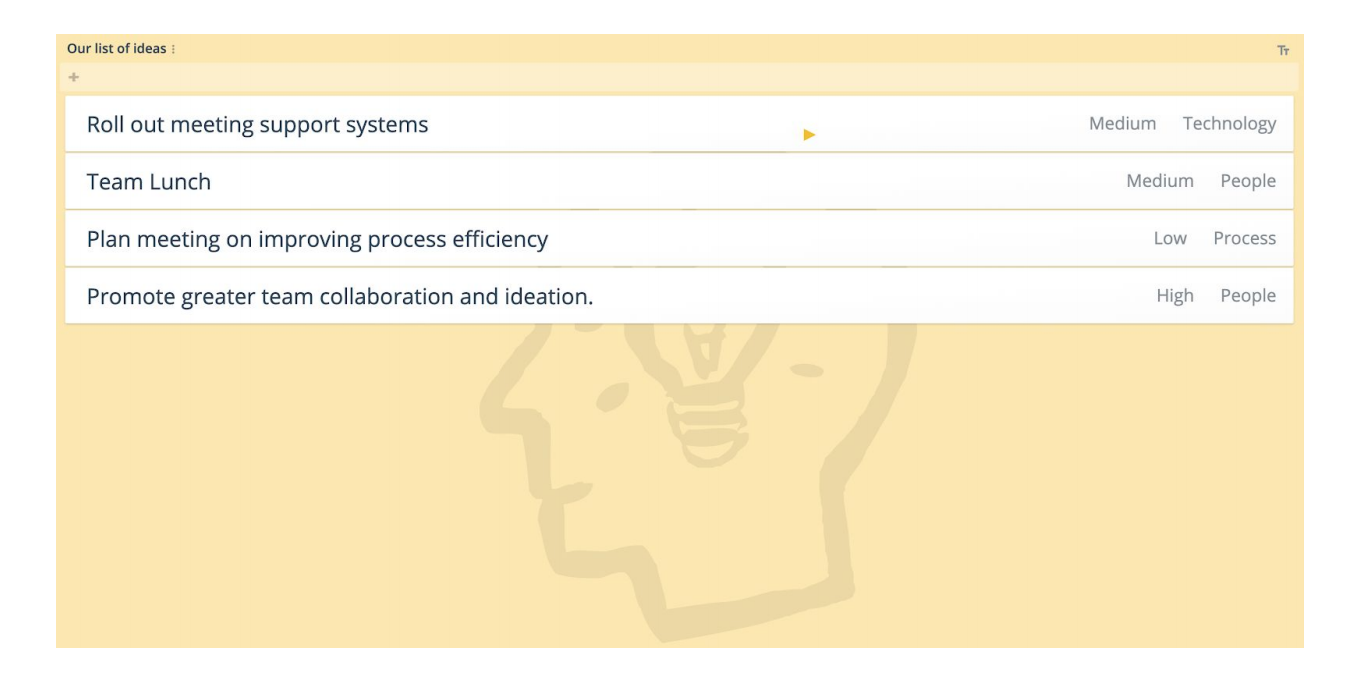
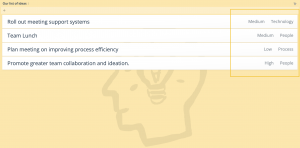

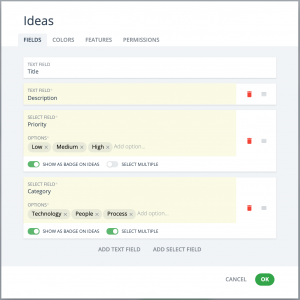
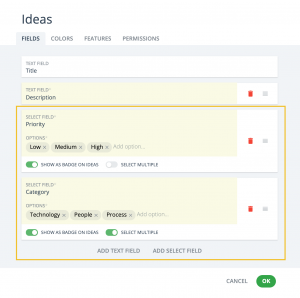
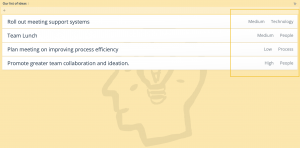
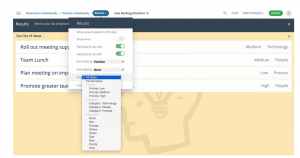
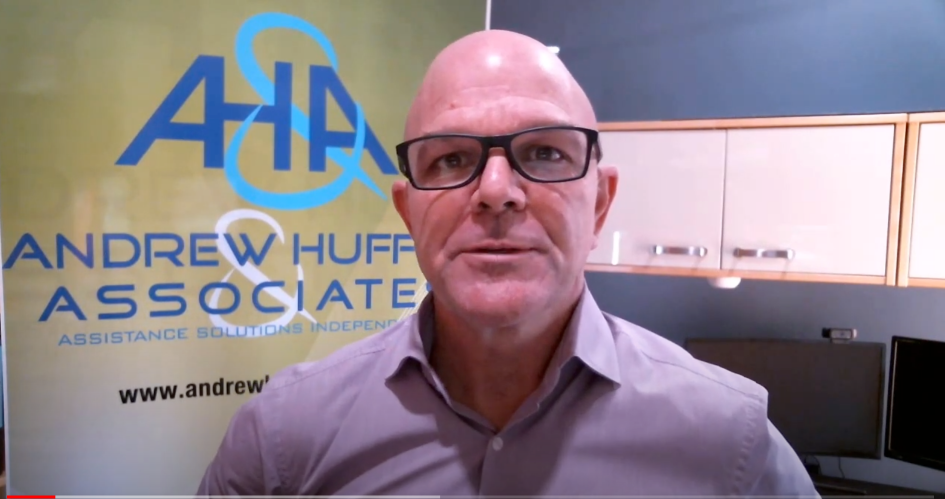
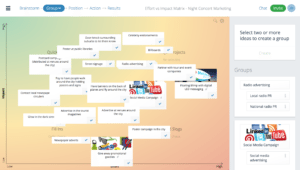
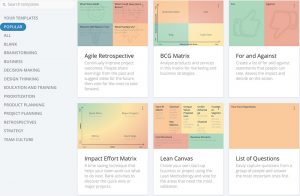
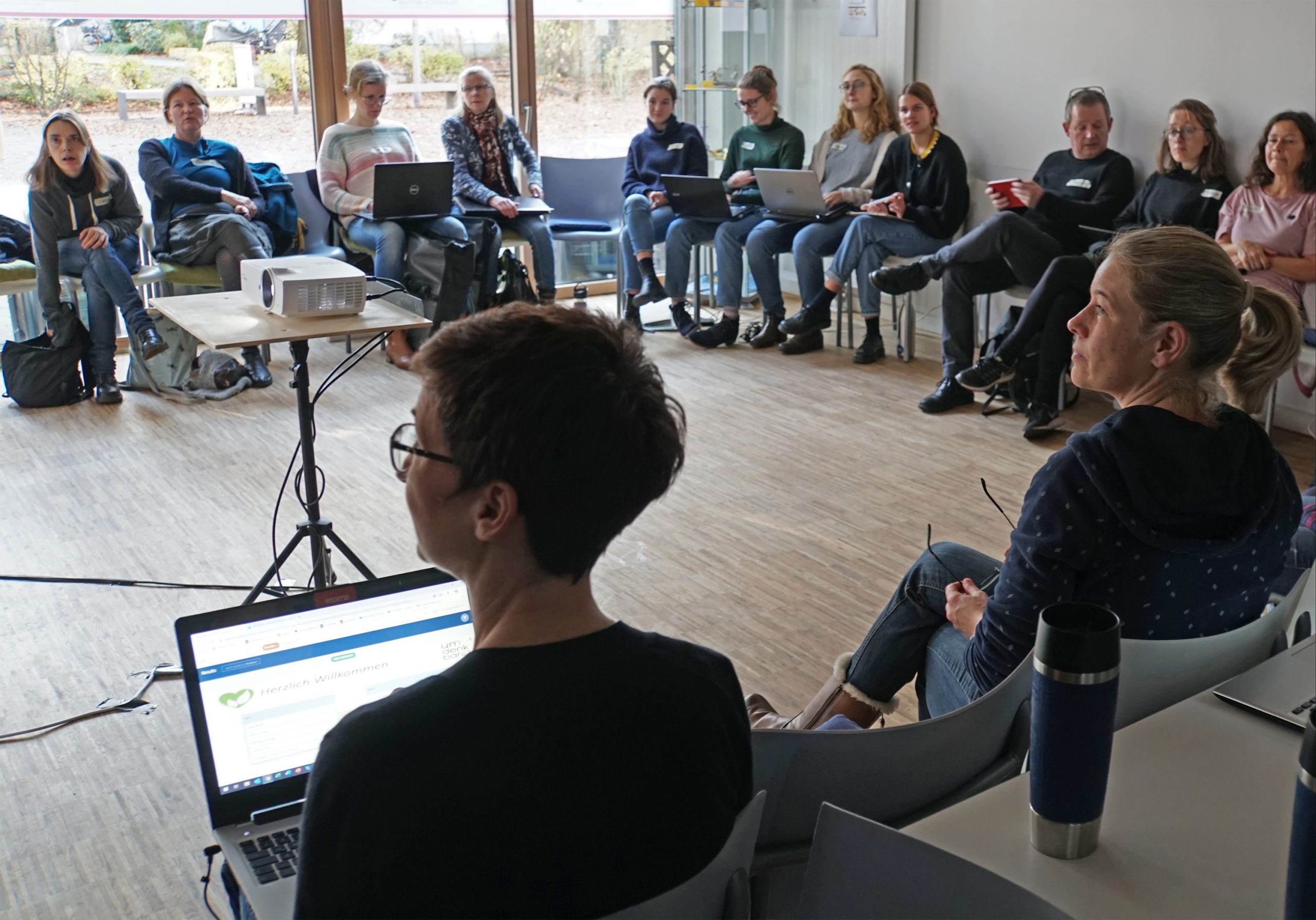

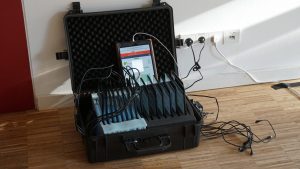
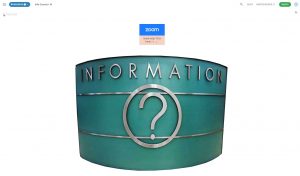
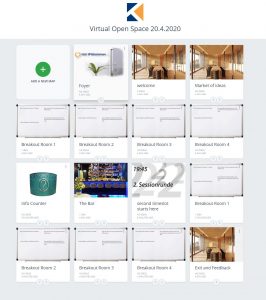
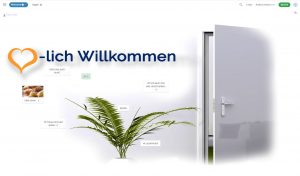
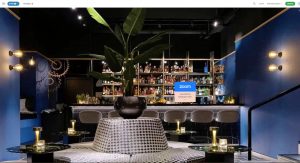
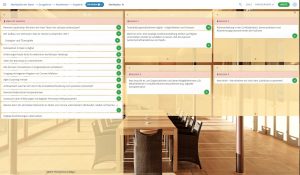
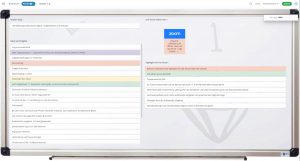

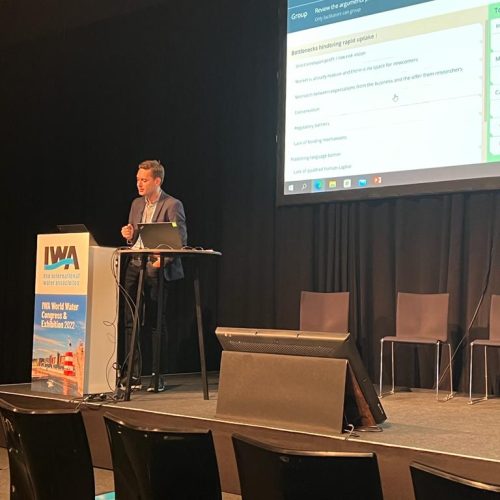
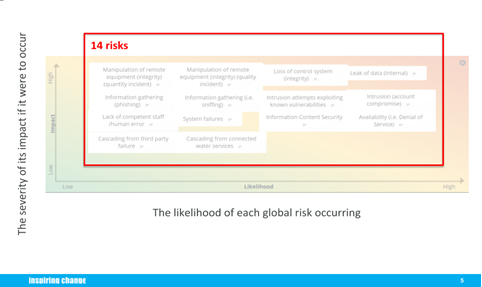
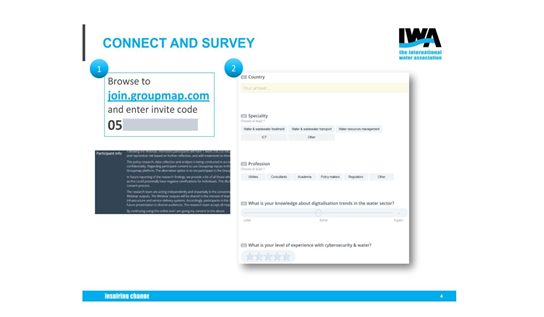
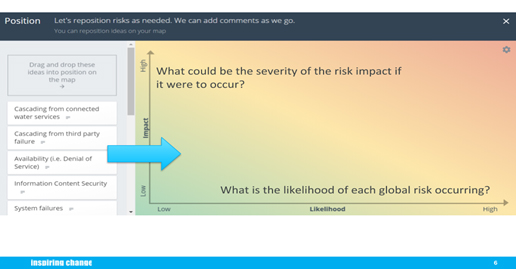

 (Photo source:
(Photo source: 
 (Photo source:
(Photo source:  (Photo source:
(Photo source: 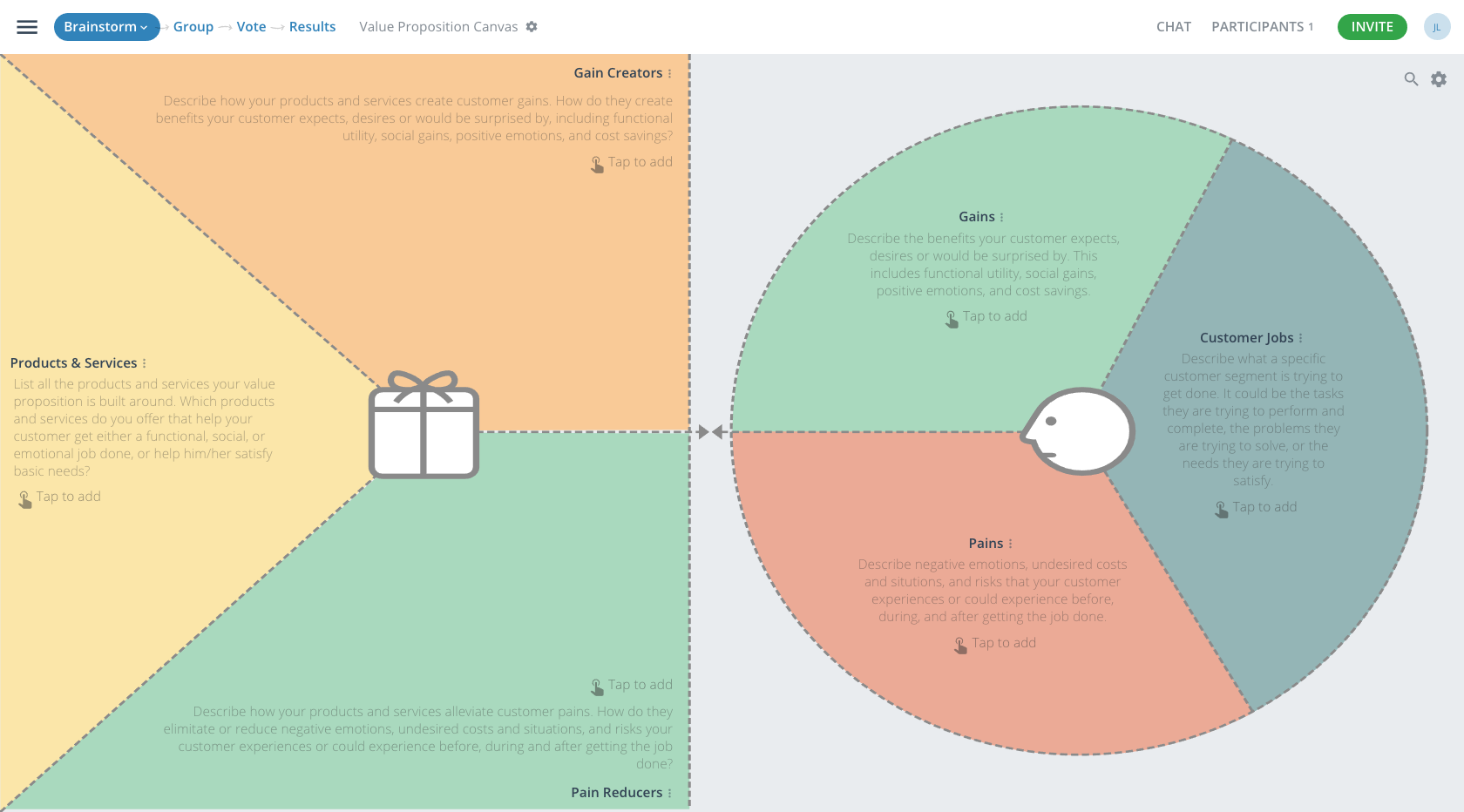
 Source:
Source: 

 With specializations in Lean Manufacturing, Operations, Supply Chain Optimization, Coaching, Goods Manufacturing Practice, and Team Building, she uses Six Sigma and continuous improvement methods to provide measurable and sustainable improvements across behavioural, systems, process and regulatory processes.
With specializations in Lean Manufacturing, Operations, Supply Chain Optimization, Coaching, Goods Manufacturing Practice, and Team Building, she uses Six Sigma and continuous improvement methods to provide measurable and sustainable improvements across behavioural, systems, process and regulatory processes. 



